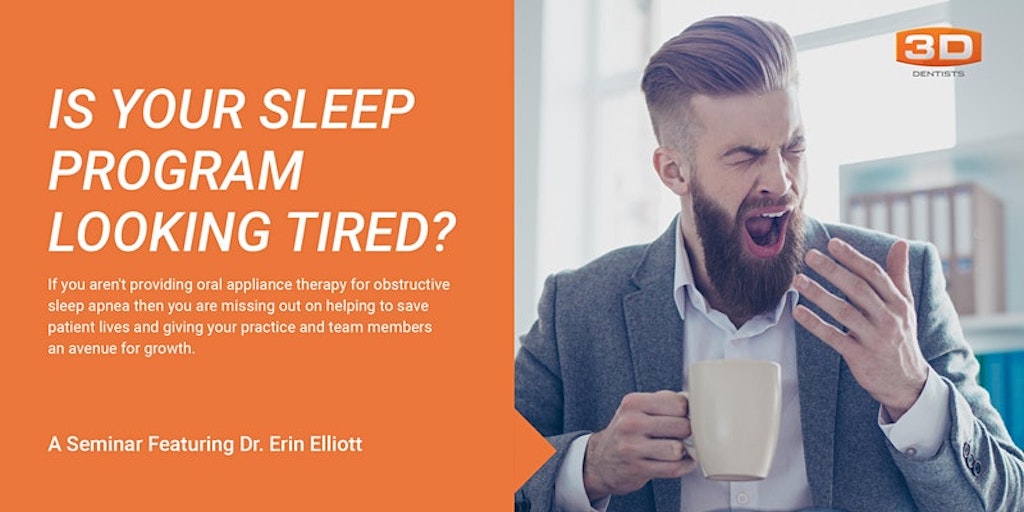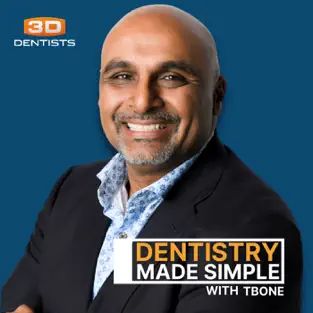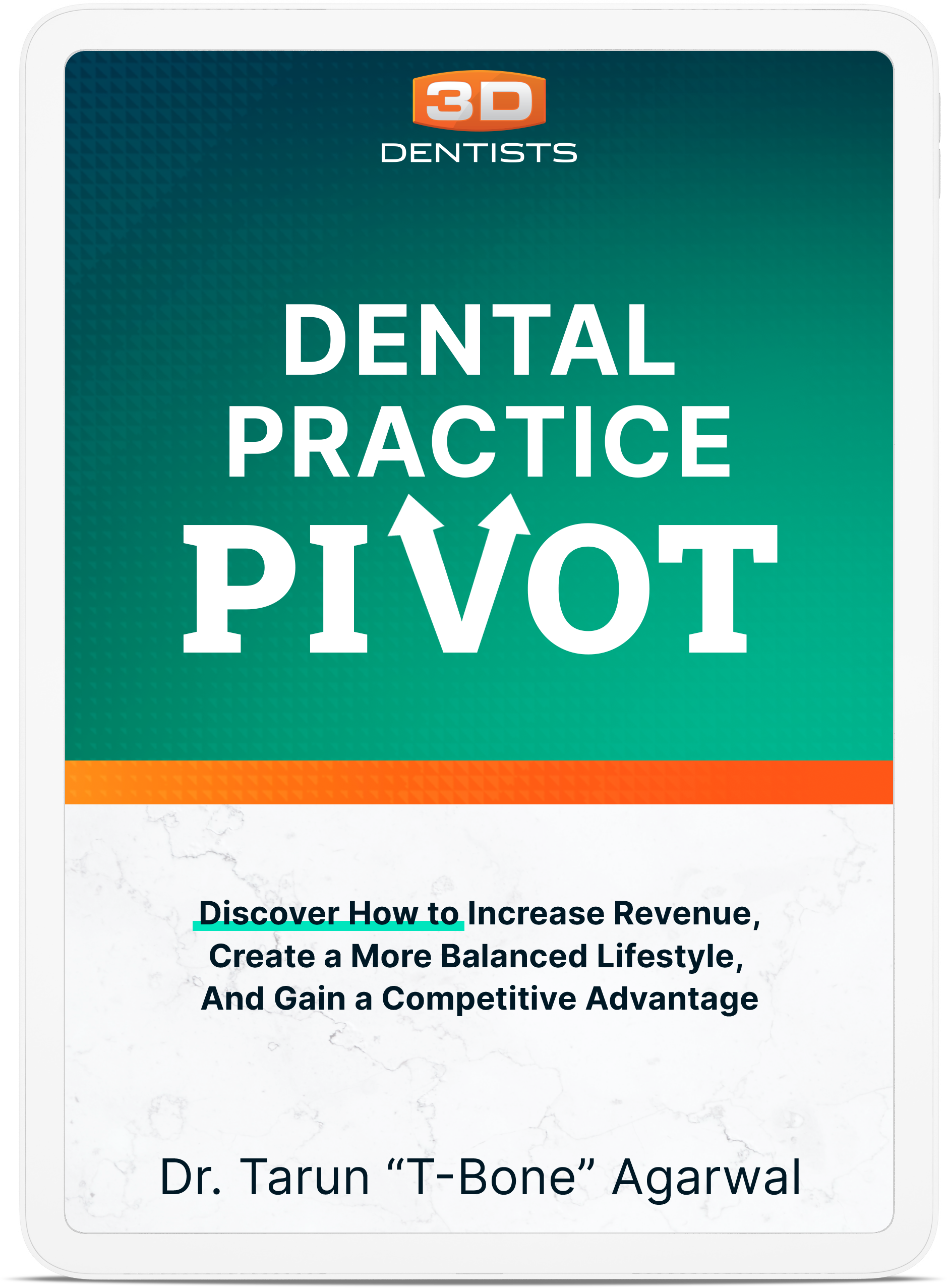OSA, MAD, MAS, MRD, PLMD, ODI, RDI, RERA… gibberish? Or something I’ve come to realize is my second language? Isn’t immersion the best way to learn a new language? Let me explain.
The potential to treat sleep apnea within your own practice is huge. If 1 in 4 men, 1 in 10 women, and 50% of the population over the age of 50 have sleep apnea and up to 90% remain undiagnosed you can easily do the math. As dentists and hygienists we can also recognize dental signs and symptoms of the patient that clues us in that the patient might suffer from sleep disordered breathing. Rather than make a “snoreguard” it is important to get the patient screened by doing a sleep test.
Oral appliances are a dental solution to a medical problem. It can be dangerous to help someone with their snoring and create a ‘silent apneic.’ That means that you can make someone quiet but they could still be having apnea if you are not screening and following up. Which leads us as dentists in getting proper training.
Learning sleep apnea is like learning a whole new language. If we are going to enter the medical world we have to work with physicians and learn their dialect. I work with sleep physicians but also pulmonologists, cardiologists, primary care providers, nurse practicioners, sleep techs, and physician assistants.
Whenever I get an opportunity to speak with a provider I know what they are going to ask. It’s predictable. So let me help you get a headstart:
#1- They want to know if you bill medical insurance. I assure them that almost all medical insurances (not dental) cover oral appliances, including Medicare. I repeat it several times that MEDICAL, not dental, covers appliances. I make sure they know that we do bill on behalf of the patient. Need help learning to bill medical insurance?
#2- They want to know how much. I say, “It depends on the patient’s medical benefits, severity and what appliance is appropriate for them. Our office does everything we can to minimize the patient’s out of pocket costs and is mostly dependent on deductible.” Assure them that we minimize the patient’s out of pocket, they get it. Physicians are driven by insurance and thus their patients are as well. You can make it more affordable for patients by knowing medical insurance and having payment plans in your office.
#3- They want to know you are following up. One of the most important investments I made when I began was getting dental sleep medicine software. The software is important to have to document for medical insurance but one of the best parts is that it shoots out letters to physicians AND digitally faxes them for me. With a push of a button I can keep the healthcare providers informed on the patients’ progress, but also show them I’m not some Weekend Warrior.
When starting out in treating sleep apnea it is the hardest pathway to begin with an undiagnosed patient in your chair that has never even heard of sleep apnea! My favorite noise in the world is when the fax machine whirs and the referrals spit out. These patients have been diagnosed, they have tried C-PAP, and all they want is help. THIS is where you should start. But not before getting trained and learning a new alphabet.





